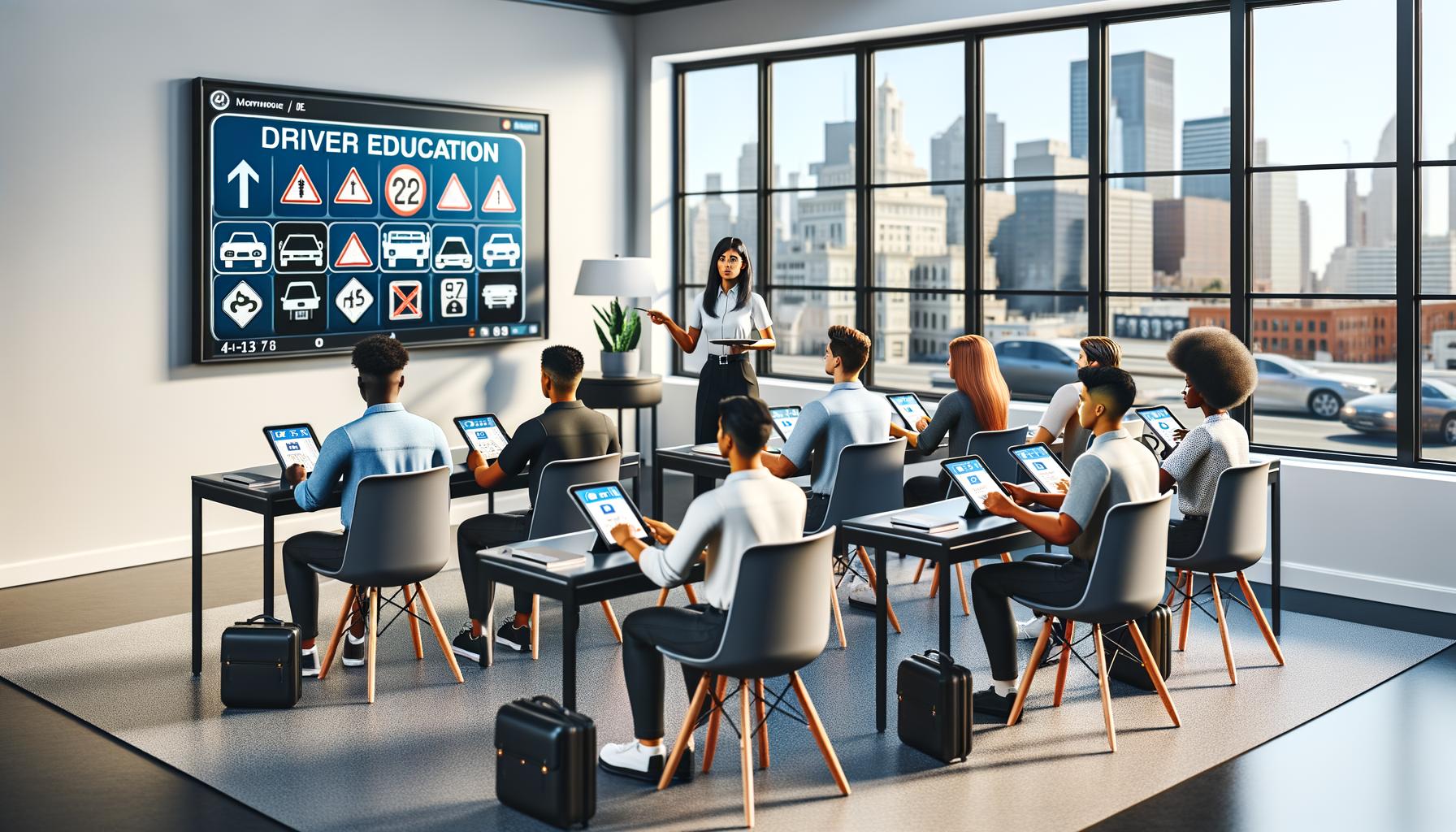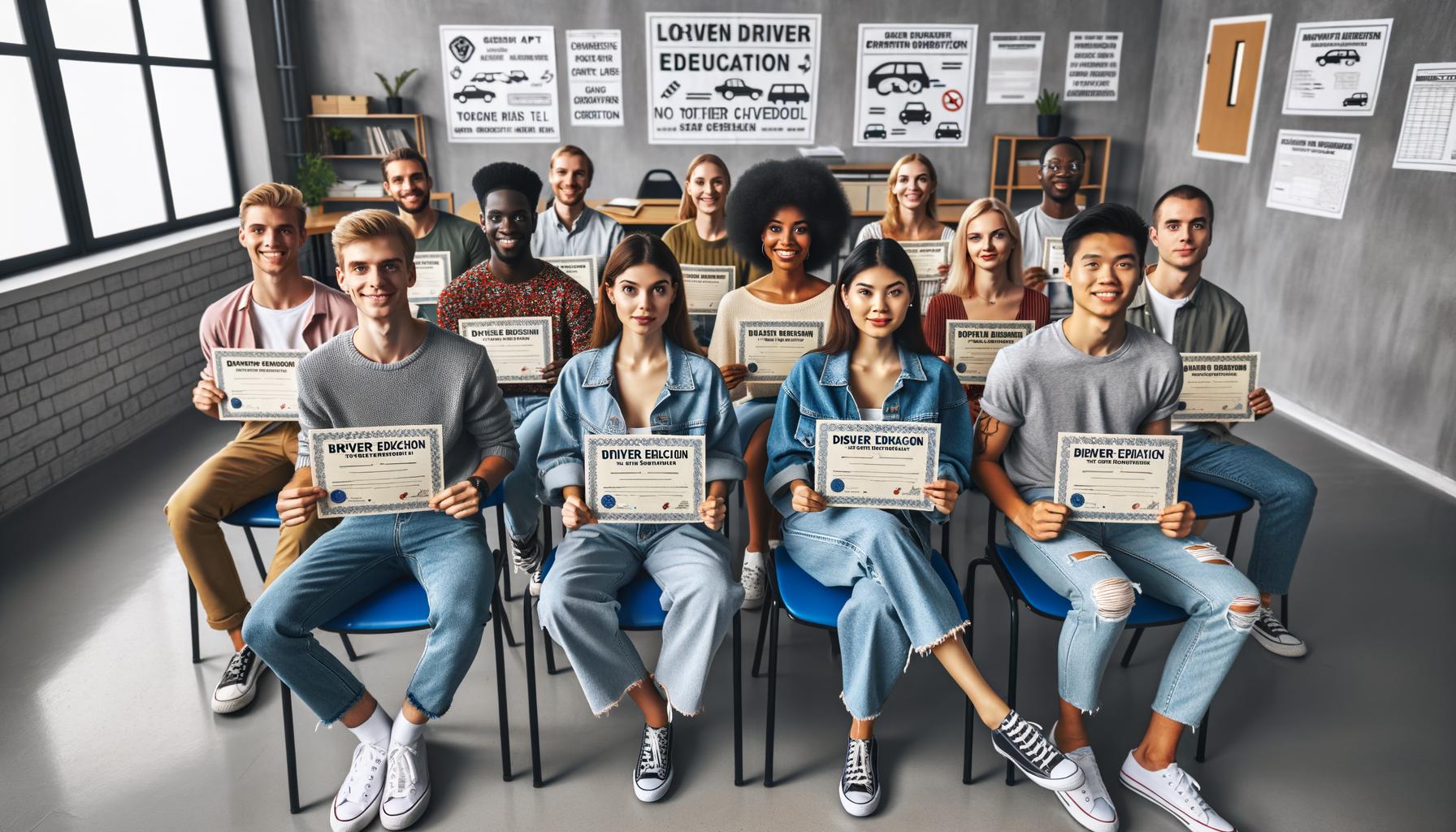Why Some People Refuse to Learn to Drive
At The Wiser Driver Driving School, we’ve noticed a growing trend of people refusing to learn to drive. This decision often stems from various personal, environmental, and financial factors.
In this post, we’ll explore the main reasons behind this choice and its implications for individuals and society.
Understanding these motivations can help us address concerns and promote safe driving education for those who do choose to get behind the wheel.
Why Fear Holds People Back from Driving
Fear and anxiety often prevent individuals from learning to drive. At The Wiser Driver Driving School, we encounter many students who initially hesitate due to these concerns. Let’s explore the main fears that stop people from getting behind the wheel.
Road Safety Worries
The fear of accidents deters many potential drivers. According to the National Highway Traffic Safety Administration, 17 percent of all traffic fatalities in the United States involved people 65 and older in 2020. This statistic alone frightens many would-be drivers. People worry about their ability to navigate busy roads safely or react quickly in emergencies.
Vehicle Operation Anxiety
For some, the idea of operating a complex machine like a car overwhelms them. The multitasking required – steering, accelerating, braking, and observing traffic – can seem impossible. This anxiety often stems from a lack of confidence in one’s abilities or fear of making mistakes with serious consequences.
Traffic-Related Stress
The stress of dealing with other drivers and unpredictable traffic situations concerns many potential learners. Heavy traffic, aggressive drivers, and the pressure to make quick decisions intimidate many. A study by the AAA Foundation for Traffic Safety found that more than 78% of drivers reported engaging in at least one aggressive driving behavior in the past year. This statistic contributes to the perception of roads as hostile environments.
Overcoming Driving Fears
To address these fears, many driving schools (including The Wiser Driver Driving School) offer specialized programs designed to build confidence gradually. Defensive driving courses focus on developing skills to anticipate and avoid dangerous situations on the road. One-on-one instruction helps students overcome specific anxieties at their own pace.

It’s important to note that while these fears are valid, proper education and practice can manage them. Experienced instructors work closely with students to develop coping strategies and build the skills necessary for safe, confident driving.
As we move forward, we’ll explore how environmental and financial concerns also play a role in people’s decisions not to drive. These factors, combined with the fears we’ve discussed, paint a complex picture of why some individuals choose alternative transportation methods.
Why Green and Frugal Choices Steer People Away from Driving
The Environmental Impact of Driving
The transportation sector contributes significantly to greenhouse gas emissions. The transportation sector is one of the largest contributors to anthropogenic U.S. greenhouse gas (GHG) emissions. This statistic prompts many individuals to reconsider their reliance on personal vehicles.

Some cities take proactive steps to address this issue. Oslo, Norway, for example, removed over 700 parking spaces and replaced them with bike lanes, benches, and mini-parks. This approach not only reduces emissions but also creates more livable urban spaces.
The Hidden Costs of Car Ownership
Financial considerations often deter people from learning to drive. The American Automobile Association (AAA) reports that the average annual cost of owning and operating a new car is $9,282 (or $773.50 per month). This figure includes expenses such as fuel, maintenance, insurance, and depreciation.
For many, especially in urban areas, these costs outweigh the benefits of car ownership. Instead, they opt for public transportation, ride-sharing services, or car-sharing programs. A monthly public transit pass in New York City costs $127, significantly less than the average cost of car ownership.
The Rise of Alternative Transportation
The availability and improvement of public transportation make car-free living more feasible. Cities like Portland, Oregon, invest heavily in their public transit systems. Portland’s TriMet system serves over 100 million riders annually, offering an efficient alternative to driving.
Moreover, the rise of micro-mobility options like electric scooters and bike-sharing programs provides flexible, eco-friendly transportation for short trips. Bird (a popular e-scooter company) reported that its users have taken over 100 million rides globally, potentially replacing millions of car trips.
These environmental and financial factors, combined with the increasing viability of alternative transportation, contribute significantly to the decision not to drive. The next section will explore how personal preferences and lifestyle choices further influence this trend.
Why Personal Choices Shape Driving Decisions
The Appeal of Active Transportation
Many people prefer walking or cycling as their primary mode of transportation. This choice often stems from a desire for a healthier lifestyle and a more direct connection with their environment. The National Household Travel Survey reports that the number of trips made by bicycle in the U.S. more than doubled from 1.7 billion in 2001 to 4 billion in 2009. This trend continues to grow, with cities like Minneapolis experiencing a 78% increase in bicycle commuting between 2007 and 2014.
Urban Living and Transit Accessibility
The rise of urban living has significantly impacted driving decisions. Cities with well-developed public transit systems make car ownership less necessary. For instance, New York City boasts one of the most extensive public transportation networks in the world (with over 5.5 million riders using the subway on an average weekday). This accessibility reduces the need for personal vehicles and influences many residents’ choice not to drive.
Remote Work Revolution
The COVID-19 pandemic accelerated the shift towards remote work, further diminishing the need for daily commutes. A Gallup survey found that 45% of full-time U.S. employees worked partly or fully remotely in September 2021. This change in work patterns has led many to question the necessity of owning a car or learning to drive.
Environmental Consciousness
An increasing number of individuals choose not to drive due to environmental concerns. The transportation sector contributes significantly to greenhouse gas emissions (accounting for 29% of total U.S. emissions in 2019). This awareness prompts many to seek alternative, eco-friendly transportation options.
Financial Considerations
The cost of car ownership deters many from learning to drive. The American Automobile Association (AAA) reports that the overall average cost to own and operate a new car in 2022 is $10,728. This figure includes expenses such as fuel, maintenance, insurance, and depreciation. For many, especially in urban areas, these costs outweigh the benefits of car ownership.

Final Thoughts
People refuse to learn to drive for various reasons, including fear, environmental concerns, and financial considerations. Personal preferences and lifestyle choices also influence this decision, with many opting for active transportation or urban living with robust public transit. The rise of remote work and improved alternative transportation options have made car-free living more feasible than ever before.

Driving remains a valuable skill in many situations, despite the trend of refusing to learn to drive. At The Wiser Driver Driving School, we respect individual choices while promoting safe driving education. Our programs address common fears and build confidence through personalized instruction for drivers of all ages and skill levels.
The decision to learn to drive is personal and should align with your values, lifestyle, and needs. We offer comprehensive programs, including state-required courses, defensive driving lessons, and convenient road testing services. Those who choose to drive can do so safely and confidently with our support.
















































